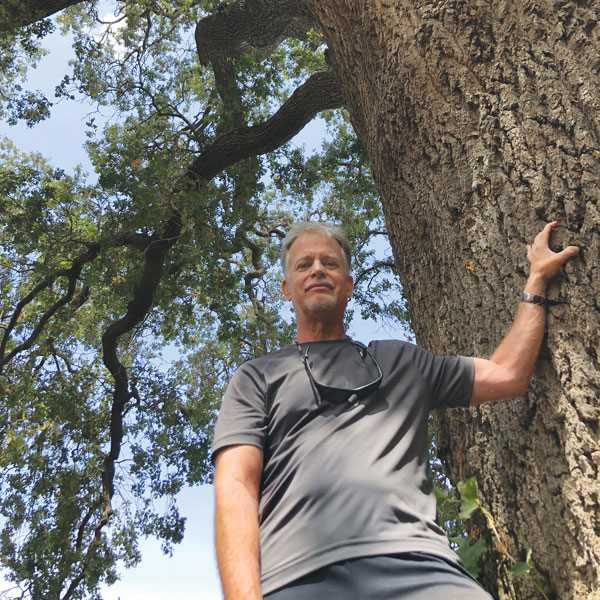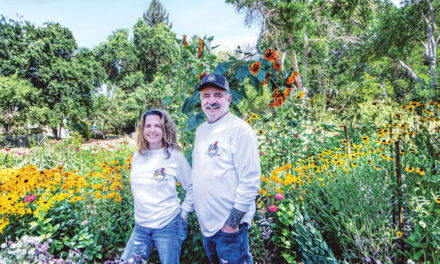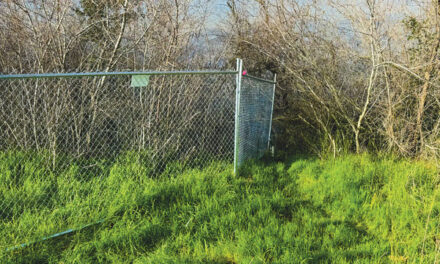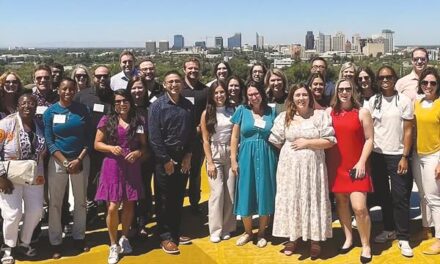Heritage oaks have stood along the American River Parkway for more than 300 years.
Valley, blue and live oaks provide shade and shelter for wildlife. Tree canopies cool the river water, critical for spawning salmon and trout. Squirrels and birds rely on the acorns for food. People bike, hike and picnic under twisted branches.
If left to the U.S. Army Corps of Engineers, as many as 700 trees, including sycamore, alder, ash, cottonwood and 100-foot-tall heritage oaks, will topple.

The project, known as Contract 3B, targets several miles along the American River from the Howe Avenue bridge to east of Watt Avenue. The erosion-control work is part of the Army Corps’ plan to protect the neighborhoods from floods.
American River Trees, a citizens group calling on the Army Corps to rethink its plans, says the work will amount to “massive damage” to the parkway and wildlife habitat.
More than 1,900 letters from residents and environmental organizations during the comment period called for a less destructive approach to erosion control.
Yet Army Corps maps, updated in June, “show no meaningful reduction in the area designated for vegetation and tree removal compared to maps provided in December 2023,” American River Trees reports.
The Army Corps admits additional trees could be targeted for removal. During demolition, the contractor has the option to bulldoze even more.
“In some cases, they may just decide to go ahead and remove some of these trees anyway, even though they’ve promised to save them,” says Bill Brattain, a civil engineer and consultant who lives on the south side of the river parkway.
“I wouldn’t put it past the Army Corps to say, ‘We need to take these out.’ Then boom, it’s done, and there’s nothing we can do.”
The Army Corps’ plan includes installing riprap (rock and rubble to protect shorelines), which requires excavating trenches at the river’s edge.
Oaks have shallow roots that spread past their canopy. “They’re going to be digging through the roots of these trees that extend down to the water, cutting off their water source,” says Brattain, who worked for the Central Valley Regional Water Quality Control Board for 25 years.
Trees marked for saving are “likely to die in the future,” he adds.
Trees also will be bulldozed at staging areas and truck access ramps. A 330-year-old valley oak, with a trunk circumference of 17 feet, stands on the south side of the lower American River. While scheduled to be saved, this towering tree is in the path of a truck ramp, putting its roots at risk.
“I don’t know how they’re going to save it,” Brattain says.
Promises to minimize the impact on trees during erosion-control work near Sacramento State and Campus Commons left the riverbanks barren. “There wasn’t one bush or tree that was saved,” Brattain says.
Existing trees and vegetation performed well during past high water levels over most of Contract 3B sections, Brattain notes. By bulldozing trees and “competent soil and vegetation,” the Army Corps will be “advancing the erosion front. If they just leave it alone it would be fine.”
The Army Corps says relying solely on vegetation to protect the levy is too risky. Riprap minimizes damage to riparian vegetation and wildlife habitat, it says.
Brattain disagrees. “They will be ripping out all riparian vegetation where the riprap will be placed and eliminating any possibility of deeper-rooted native vegetation or trees from ever growing there again,” he says. “This is not the same as the native vegetation that can support the existing ecosystem.”
Areas where people picnic, swim and launch watercraft will be inaccessible when riprap turns the riverside to rubble.
American River Trees notes topsoil added near Sac State is already eroding, exposing riprap and preventing vegetation from fully returning.
When asked for the criteria for determining which trees will be destroyed, the Army Corps reports it’s still in the “design process” and “a final inventory of possible tree removals” will be made public this fall.
When asked if the Army Corps will meet community members to review which trees will be removed, the Corps points to its website.
In other words, prepare for the worst and don’t bother hoping for the best.
Cathryn Rakich can be reached at crakich@surewest.net. Follow us on Facebook and Instagram: @insidesacramento.















